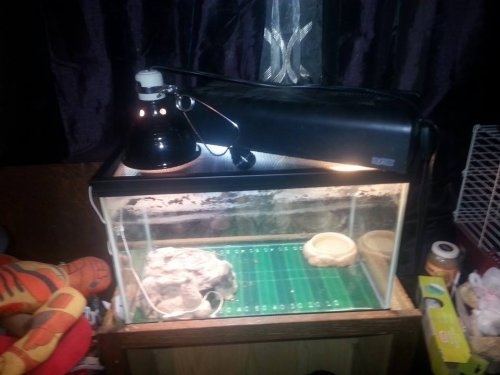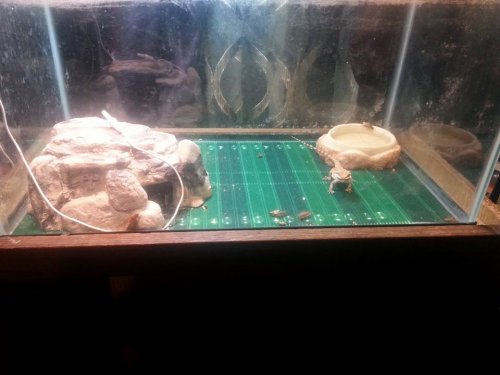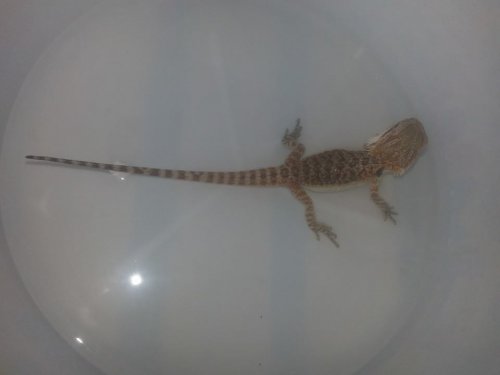AshleyClark007
Member
Hey guys, I have a question. I have a Beardie and I got her around September 10th 2013. She hasn't grown at all really. When I got her the pet store said she was about 2-3 months so about 7-8 months old now". Well she is only about 8 inches. Is this normal? I have had one before and she grew a lot faster then this. If some one could give me some advice that would be cool. Thank you. 






